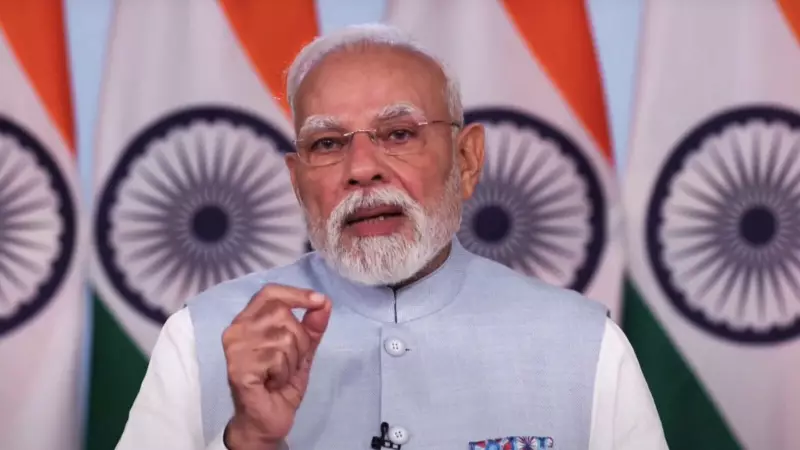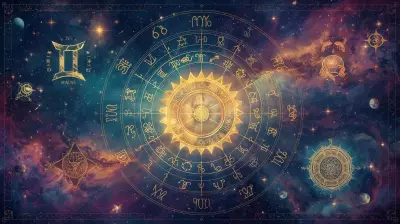
Prime Minister Narendra Modi, in his recent Mann Ki Baat radio address, marked a significant milestone in India's cultural history - the 150th anniversary of the national song 'Vande Mataram'. The Prime Minister's emotional tribute highlighted the song's profound impact on the Indian consciousness and its journey through the nation's struggle for independence.
The Historical Legacy of Vande Mataram
Originally penned by Bankim Chandra Chattopadhyay in his 1882 novel 'Anandamath', Vande Mataram made its first appearance 150 years ago. PM Modi emphasized how this powerful composition became "the mantra of freedom" during India's independence movement, inspiring countless revolutionaries and ordinary citizens alike.
"When the 75th anniversary of Independence was being celebrated, the 75th year of the Constitution was being celebrated, at that time the 150th year of Vande Mataram is also being celebrated," the Prime Minister noted, connecting the song's legacy with other significant national milestones.
From Literature to National Anthem
The journey of Vande Mataram from literary work to national symbol is remarkable. PM Modi explained how the song's first two verses were adopted as the National Song, while the complete version remains an integral part of the novel. This careful preservation of both forms demonstrates the song's multifaceted significance in Indian culture.
The Emotional Connection
What makes Vande Mataram truly special, according to the Prime Minister, is its ability to evoke "a natural sense of pride in the heart of every Indian." The song has transcended its original context to become a unifying force that resonates across generations and geographical boundaries.
Cultural Significance and Modern Relevance
PM Modi's address highlighted how Vande Mataram continues to inspire artists, musicians, and citizens across the nation. The song's enduring popularity and emotional appeal make it more than just a historical artifact - it remains a living, breathing part of India's cultural identity.
The Prime Minister's tribute serves as a reminder of the power of cultural symbols in nation-building and the importance of preserving national heritage for future generations.





